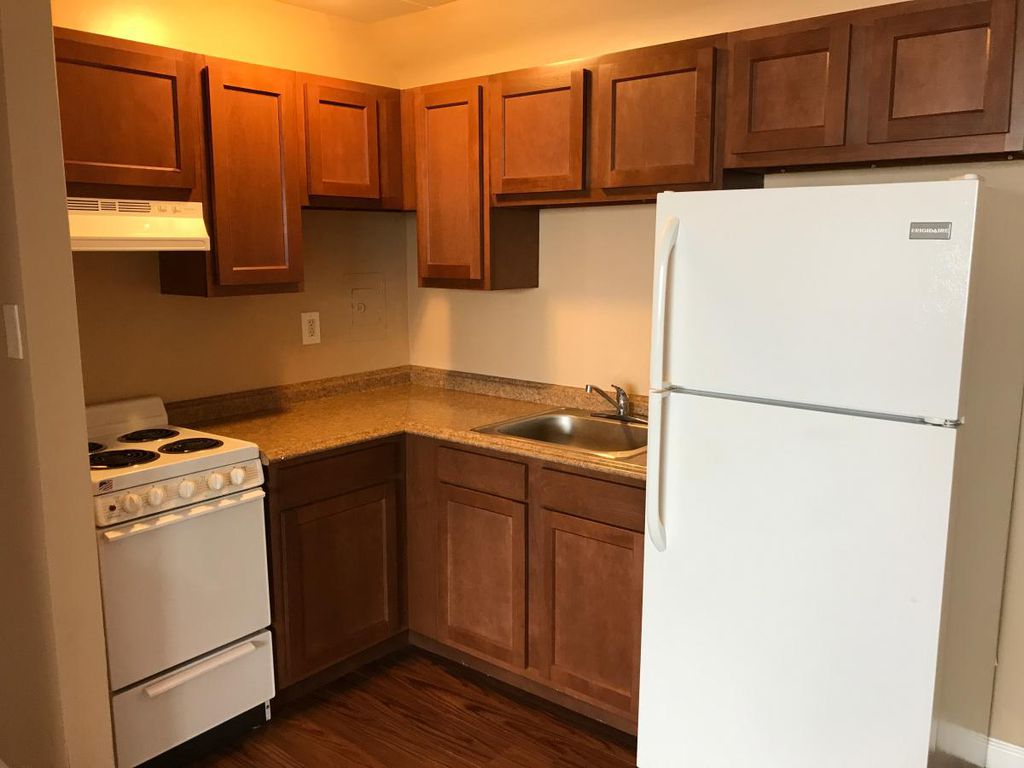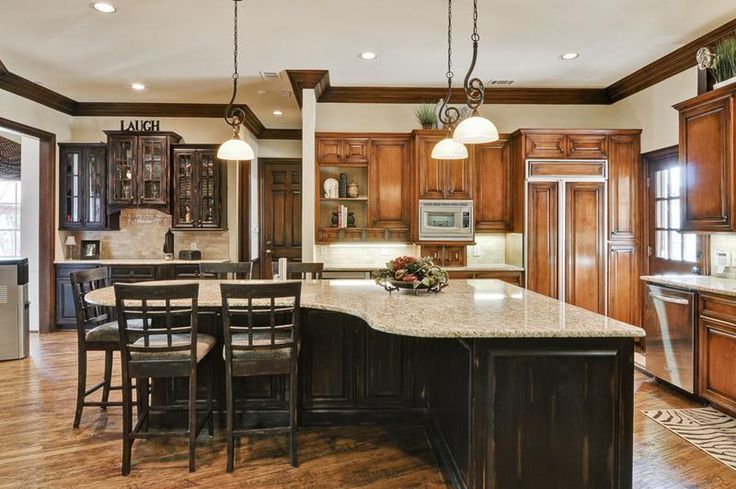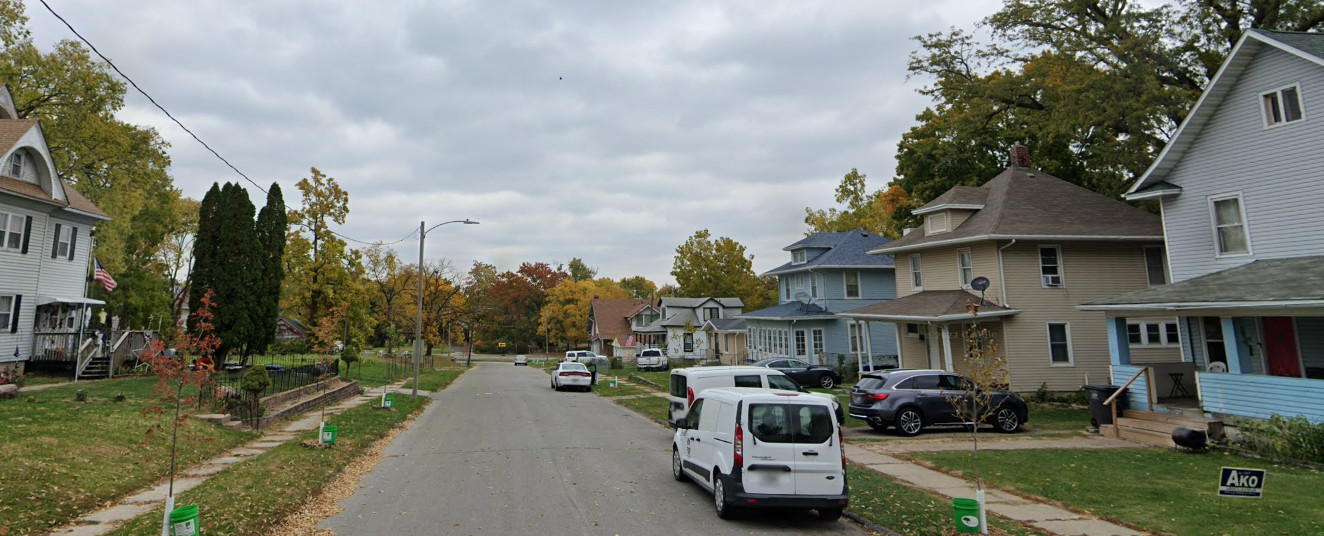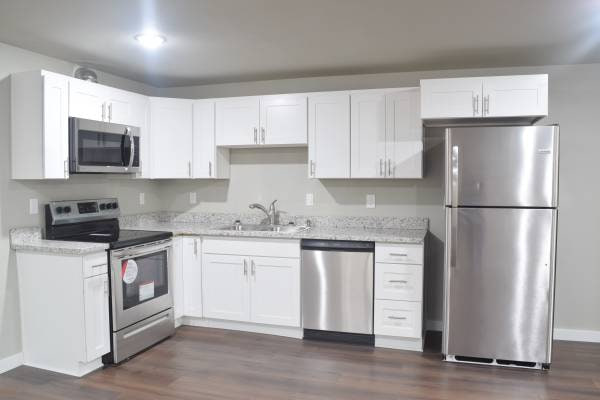The student housing market has experienced significant growth and transformation in recent years, driven by shifting student demographics and increased competition between on- and off-campus accommodations. As students become more discerning in their housing choices, it is essential for providers to understand their preferences and deliver high-quality options. This article examines key statistics and trends in student housing, focusing on occupancy rates, costs, and student preferences.
Occupancy Rates and Accommodation Types
In the US, 65% of student housing consists of private rooms, highlighting a strong preference among students for individual living spaces. This trend suggests that students value privacy and the ability to have their own personal space within their accommodation. Private rooms provide a sense of autonomy and comfort for students during their academic journey.
The occupancy rate of student housing beds in the US remained consistently high, with a rate of 92% recorded in 2020. This indicates that the demand for student housing continues to outpace the supply, as the majority of beds are occupied by students. The high occupancy rate reflects the stable demand for purpose-built student accommodation and the need for additional housing options to meet the growing student population.
Approximately 22% of US students live in older on-campus dormitories. These older dormitories often have traditional designs and may lack modern amenities compared to newer purpose-built student accommodation. However, they still play a significant role in providing affordable housing options for students, particularly in universities with limited on-campus housing capacity or in cases where students prefer the proximity and convenience of living on campus.
Globally, 6% of student rental units are shared rooms. Shared rooms are an alternative option for students seeking more affordable accommodations or desiring a social living environment. Sharing a room with another student can foster a sense of community and camaraderie among roommates, promoting social interactions and potentially reducing living costs. However, the majority of students, as indicated by the 65% figure mentioned earlier, prefer the privacy and independence offered by private rooms.
Global Perspectives on Student Housing
In the UK, 64% of students consider their accommodation to be good or excellent value for money. This indicates that a significant portion of students in the UK are satisfied with the affordability and quality of their housing options. It suggests that there is a balance between the cost of accommodation and the value provided to students.
In Sydney, Australia, 88% of students rent accommodation privately or live at home. This high percentage indicates that the majority of students in Sydney seek housing options outside of university-owned accommodations. Renting privately or living at home may offer students more flexibility, affordability, or proximity to desired locations.
In Melbourne, Australia, 91% of students rent privately or live at home. Similar to Sydney, the majority of students in Melbourne prefer private rental accommodations or living at home. This preference may be influenced by factors such as cost, proximity to campus, or the desire for more independence.
In London, the student accommodation landscape in 2015 comprised various types of housing options. Specifically, Purpose-Built Student Accommodation (PBSA) accounted for 9% of the market, while the private rented sector represented 28%. University-owned accommodations made up 18% of the market, and the remaining 46% encompassed other accommodation types, including students living at home. This breakdown illustrates the diverse range of housing options available to students in London, with a significant portion being provided by private rentals and other non-university sources.
Cost of Student Housing
In the US, the average price per unit of investment-grade student housing assets was $240,220 in 2020. This figure represents the cost of purchasing or investing in purpose-built student accommodation. The high price point reflects the value and potential return on investment in the student housing market, driven by the stable demand and growth in the sector.
Rental rates per bed in the US varied significantly, ranging from $200 to $2,200+ per month, depending on the location. The rental prices are influenced by factors such as proximity to campus, amenities provided, housing quality, and local market conditions. Students can find a wide range of options at different price points, allowing them to select accommodations that align with their budget and preferences.
In the UK, 89% of second- and third-year students consider the cost of accommodation as a crucial factor. This indicates that the affordability of housing is a significant consideration for students, particularly as they progress through their academic journey. Cost-consciousness is a common concern among students, and many actively seek affordable housing options to manage their expenses effectively.
Students in the UK are willing to pay a rental premium for amenities such as fast WiFi, larger bedrooms, and on-site gyms. These additional features and facilities enhance the overall living experience for students and contribute to their comfort and convenience. The willingness to pay more for such amenities demonstrates the importance of a well-rounded living environment and the value students place on access to modern conveniences and desirable living conditions.
Student Housing Preferences
Students prioritize various factors when it comes to their housing preferences, including value for money, quality of accommodation, location, cleanliness, and facilities offered. These considerations reflect the overall experience and satisfaction students seek in their living arrangements. They prioritize finding accommodations that offer a balance between affordability, comfort, convenience, and a conducive environment for studying and socializing.
International students in the UK prioritize several key factors when choosing their accommodation, including the quality of accommodation, location, and value for money. These factors align with the broader preferences of students in general, emphasizing the importance of finding housing options that meet their standards in terms of quality, proximity to campus and amenities, and affordability.
US students value specific amenities when it comes to their housing preferences. In-unit washer/dryer, own bathroom, and extended cable/Wi-Fi are identified as top amenities. These amenities contribute to the convenience and comfort of students, allowing them to have access to necessary household facilities and entertainment options within their living space.
In 2019, there was a distinction in design preferences among US students. Approximately 52% of students favored modern design styles, which likely feature contemporary aesthetics, sleek lines, and minimalist elements. Meanwhile, 36% of students preferred traditional design styles, which typically incorporate classic elements, ornate details, and a sense of timelessness. These design preferences indicate the individual tastes and style preferences of students when it comes to their living environment.
General Considerations of Students on Housing
63% of students in the UK deem the quality of their living environment to be a crucial factor influencing their overall well-being. This indicates that the quality and condition of their accommodation significantly impact their overall satisfaction and happiness while studying.
International students in the UK prioritize several factors when choosing their accommodation.
These considerations include the standard of accommodation, the location, the value for money, the overall cost, the cleanliness of the bedroom, the quality of furnishing, and the size of the bedroom. These considerations highlight the importance of a well-maintained living space that meets their expectations in terms of comfort, cleanliness, and overall value.
Location plays a significant role in student satisfaction in the UK, with 82% of students stating that it influences how happy they are with their accommodation. Additionally, students value the ability to live with friends, the number of bedrooms, quality of accommodation, facilities, atmosphere, social scene, cost, catering options, and the ability to live with family to varying degrees.
In the US, 23% of students prioritize apartment size as an extremely important factor in their housing decision. This indicates that having enough space and room to comfortably live and study is crucial for many US students.
The top three amenities that US students value in their housing are in-unit washer/dryer, own bathroom, and extended cable/Wi-Fi. These amenities contribute to convenience, privacy, and connectivity, enhancing the overall living experience for students.
In 2019, design preferences among US students showed that 50% favored modern design styles, while 34% preferred traditional styles. This indicates that students have diverse aesthetic preferences when it comes to the design and ambiance of their living spaces.
Among the top design features that impressed US students in 2019, having their own bathroom was highly valued by 76% of students. Other notable features included big closets and large kitchen areas, which were appreciated by 44% and 24% of students, respectively.
Preferred Type of Accommodation
In the UK, students live in a variety of accommodation types. The majority (54%) reside in properties owned by private landlords, followed by university accommodations (31%), private halls (10%), others (4%), and personal properties (1%). This indicates a significant proportion of students opting for privately rented accommodations.
In 2019, 17% of European students lived in student accommodation, suggesting a notable demand for purpose-built student housing across Europe.
Although 64% of university students in the UK live off-campus, they do not live with their parents, indicating a preference for independent living during their academic years.
Among UK students living in shared rooms, 80% express satisfaction with their accommodation. This suggests that sharing living spaces with other students can be a positive experience for many.
Similarly, 76% of students living in private purpose-built student accommodation (PBSA) report being happy with their choice of accommodation. This highlights the appeal of purpose-built student housing in meeting students' needs and preferences.
In the UK, 71% of students living in single-person flats or studios express satisfaction with their accommodation. This supports the trend of students opting for single-occupancy units to enjoy more privacy and independence.
When it comes to room type preferences, students from various regions show a preference for renting private rooms. This includes students from China (65%), Europe (62%), Pacific Asia (62%), the US (64%), the rest of the world (62%), and the Middle East (60%).
There is relative uniformity among students when considering renting an entire place or studio. The Middle East has the highest percentage (33%) of students who are more likely to rent an entire place, followed by the rest of the world (33%), the USA (31%), Pacific Asia (31%), Europe (31%), and China (29%).
In 2019, US students exhibited preferences for different types of housing. 38% said they would most likely live in mid-rise apartments, followed by community cottages (33%), single-family houses (13%), and high-rise apartment towers (9%).
In terms of the number of bedrooms, 37% of US students in 2019 often selected units with two bedrooms. Other preferences included three bedrooms (27%), four or more bedrooms (24%), and one bedroom (11%).
When considering the number of roommates, 9% of US students expressed a preference for living alone. The majority preferred to live with one (23%), two (16%), or three roommates (42%), while a smaller percentage preferred four or more roommates (10%).
Conclusion
In conclusion, there are a variety of preferences among students when it comes to their living experience. These include the type of accommodation, room size, and number of roommates. Knowing what students prefer can help create tailored designs that meet their needs in terms of aesthetics and comfort. This could lead to a more satisfied student population and contribute to better academic performance. It is also important for institutions and landlords to understand regional preferences in order to create optimal living experiences for all students.





